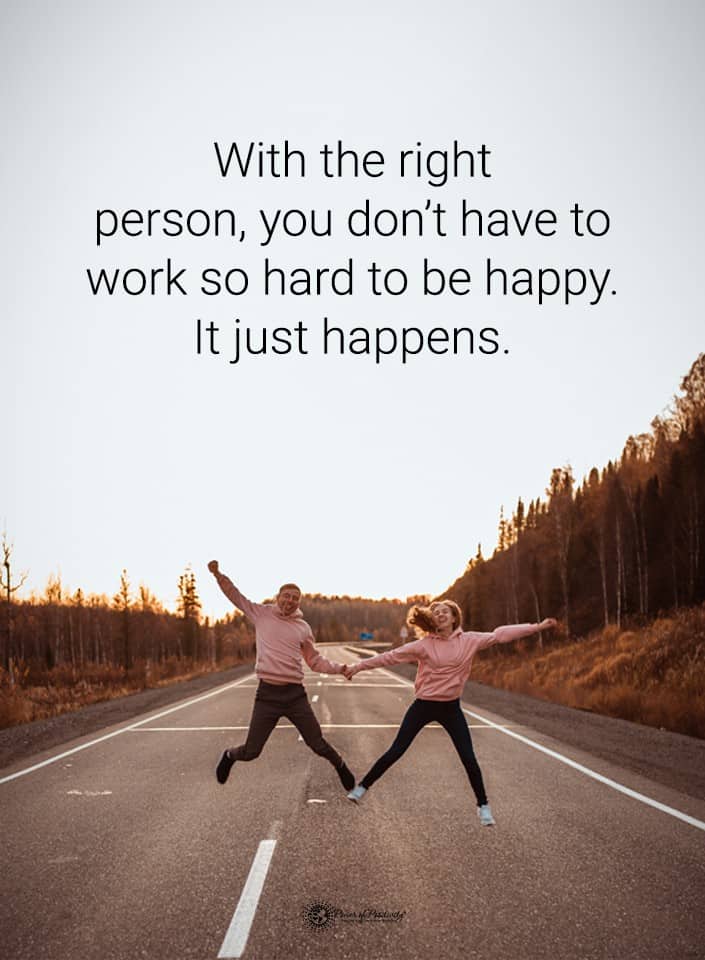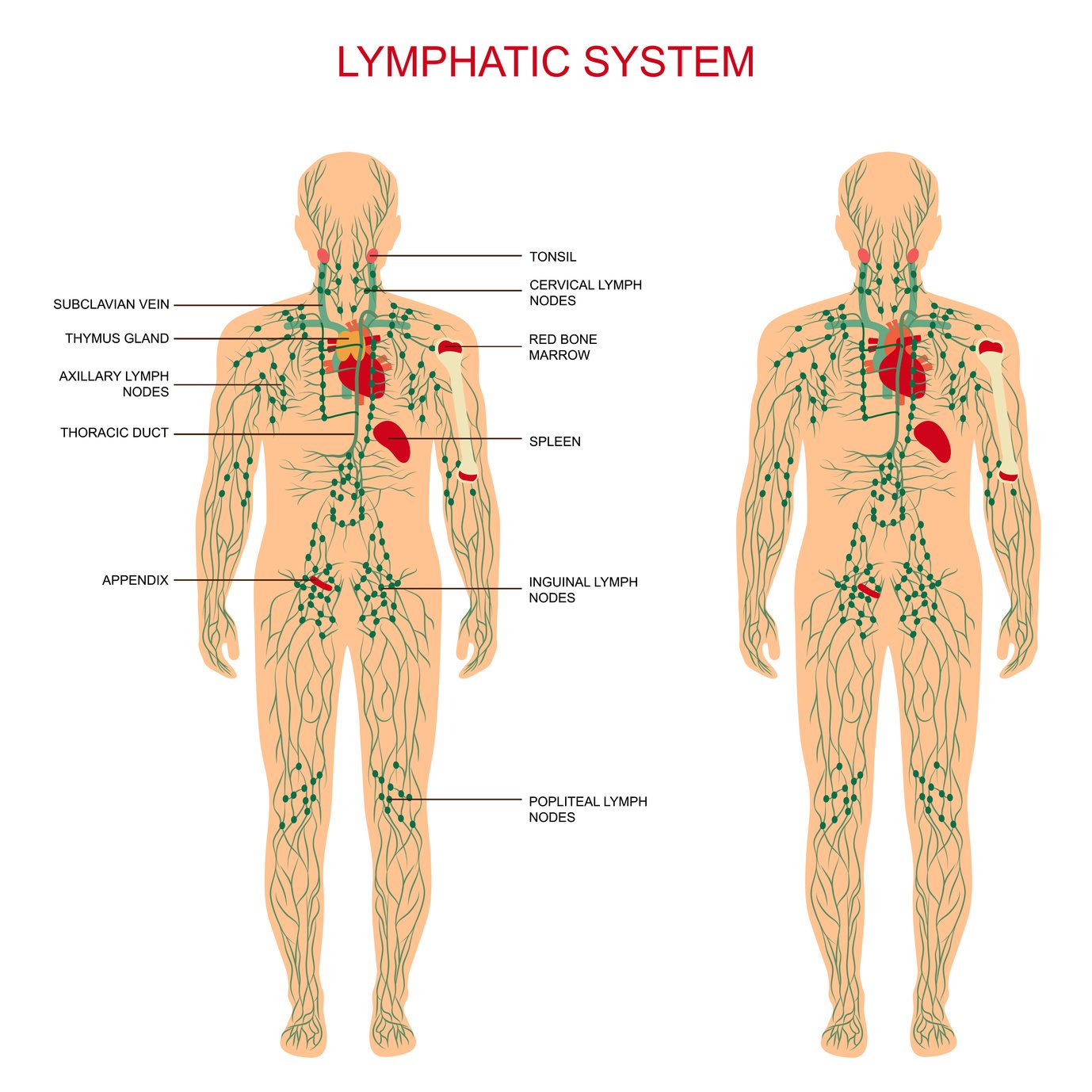Healthy, loving relationships are a necessary part of living a happy life, and those relationships are built on trust and mutual respect. Of course, we all have moments when we are focused on ourselves, which is typically a good thing. We have to take care of ourselves before we can help others. The problem begins when someone is always focused on their agenda without regard for others around them–someone who likes to manipulate others.
They learn how to “trick” someone into believing what they are doing is for them when only it benefits the trickster – otherwise known as a manipulator.
The hardest part about manipulation is we often don’t even know it’s happening. Recognizing the signs is the first step to taking back control.
5 Signs Someone Is Trying to Manipulate You Mentally

1. They use our words against us and to their benefit.
A manipulator is often trying to sell us on something. They interrupt our thoughts and speak over us when we’re talking, all hoping to get us off our game. When we notice the behavior and call them on it, they find a way to use our words to make us feel guilty.
Instead of apologizing for forgetting to stop at the store on the way home, a manipulator might respond:
“I am so overwhelmed with work right now. I know you would never have asked me to stop at the store if you knew how much pressure I’m under.”
2. They use passive-aggressive methods to manipulate us.
Master manipulators do not want to be seen negatively, so they avoid being direct and honest. Instead, they will have others do their dirty work to avoid the “bad guy” syndrome. They talk behind our backs, rally the support of our closest friends, and mount a campaign to prove they are right, and we’re wrong. They are verbally supportive but act in very unsupportive ways.
3. They suck the energy out of us and everyone else in the room.
Manipulators carry a dark cloud around with them. When they enter a room, they make a point of making sure everyone notices. Instead of working the room normally, they look for everyone to display sympathy and work to make them “feel better.” They want to be the “cause” because it is more likely to get them what they want.
4. They seek out and use our sensitive and trusting nature.
Manipulators play on the fact that we are trusting and sensitive in nature and seek out our vulnerabilities and use them to their advantage. They use a false sensitivity to connect with us and to help shield their true intentions and motives.
5. They use guilt to manipulate us.
As a manipulator gets closer to us, he will learn the things that have emotional control over us. He uses these triggers to pull at our heartstrings. So we feel as if we have no choice but to give in.
A manipulator that is good at playing the mental game knows how to play the role of victim to get what they need. The play on guilt, sympathy, and our sensitivities as a way to emotionally blackmail us into serving their needs.
It can be challenging to pull away from a master manipulator because they have dug deep and created a strong emotional hold on us. We may need to seek the help of a loyal friend to break free.
It’s not uncommon to begin to question our sanity when trying to determine if we are being manipulated or not. The best way to figure it out is to start writing down encounters that feel inauthentic. It will help us to stop questioning whether it’s real or not. Besides, it will help give us the ammunition we need to leave manipulative situations.
A manipulator is good at talking their way out of things by trying to confuse us, by using our trusting nature and by playing to our sympathies and emotions. With a log of actual events, it will be hard for a manipulator to talk their way out of their actions.
They may not adequately explain themselves or even apologize. But they will understand that you are aware and refuse to be manipulated going forward.
Final Thoughts on Seeing When Someone Wants to Mentally Manipulate You
Sometimes it’s easier to spot than others and tracking events that give you pause will help see them for what they are. Make no mistake about it. Someone who continually manipulates to get what they want broke the bonds of the relationship long before they were found out.
Mentally and emotionally manipulative people can be passive aggressive or overly demanding. Either way, it’s not acceptable, and we can’t allow it to continue. It’s time to stand up for ourselves and take back the control that was taken from us.










